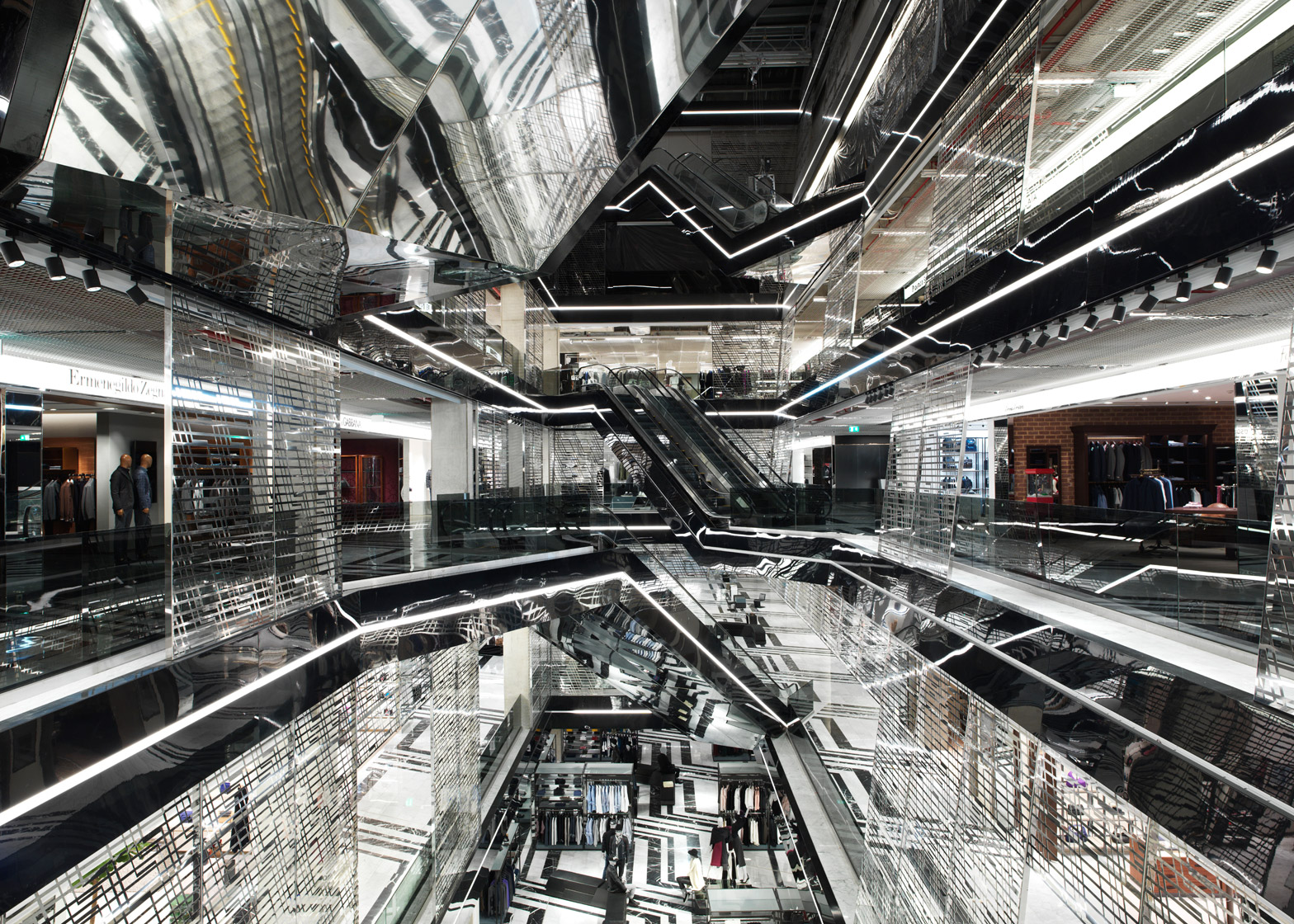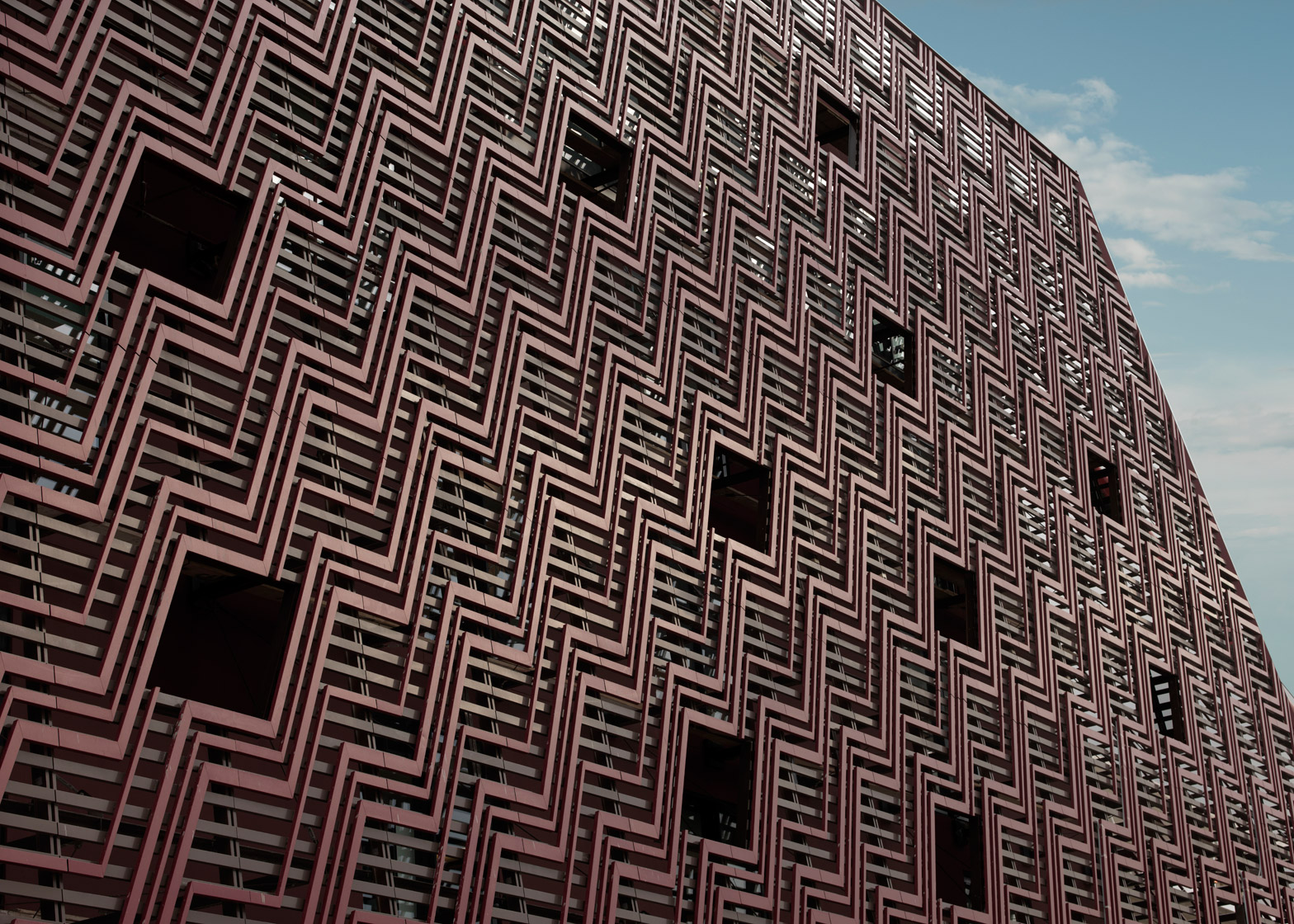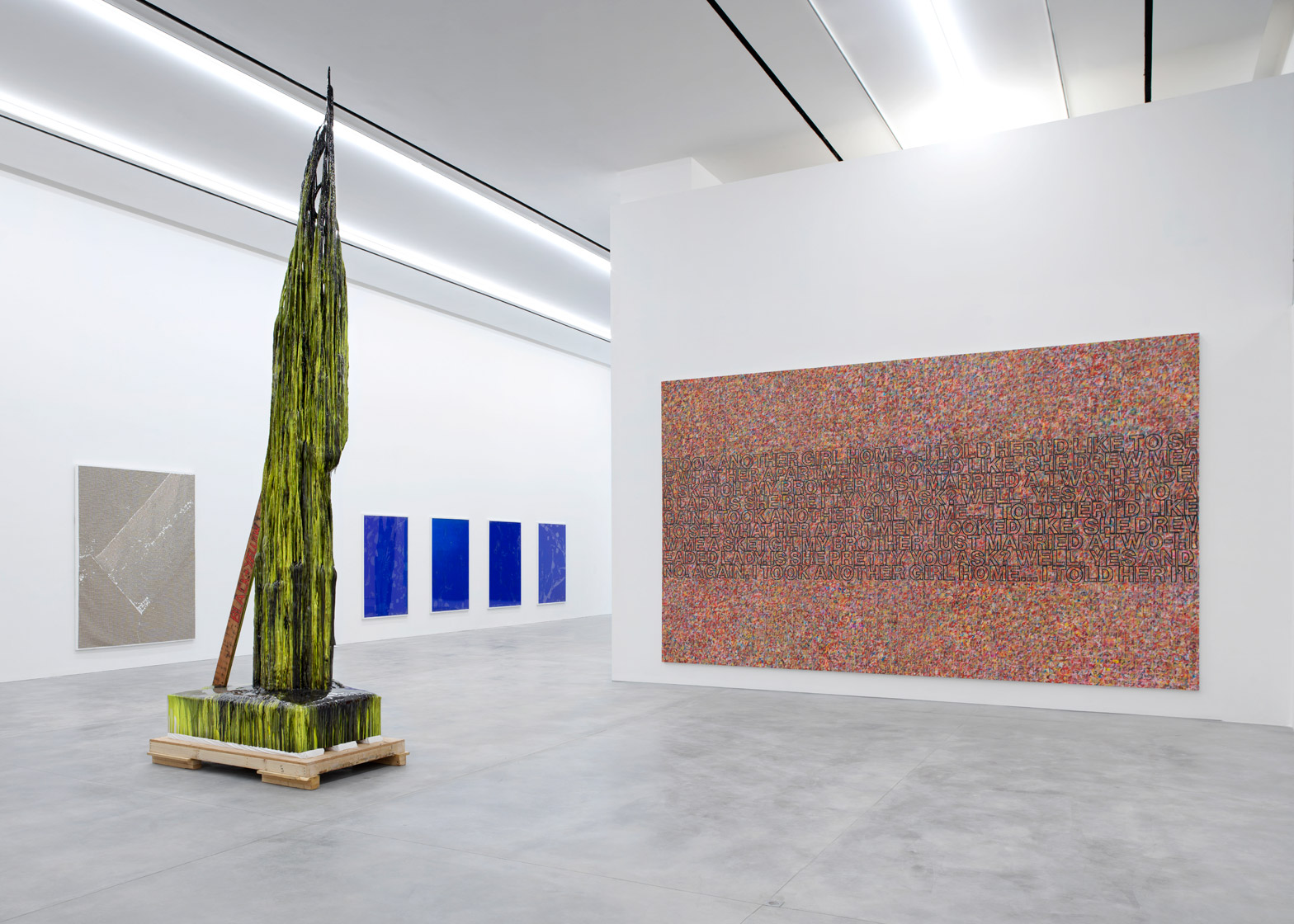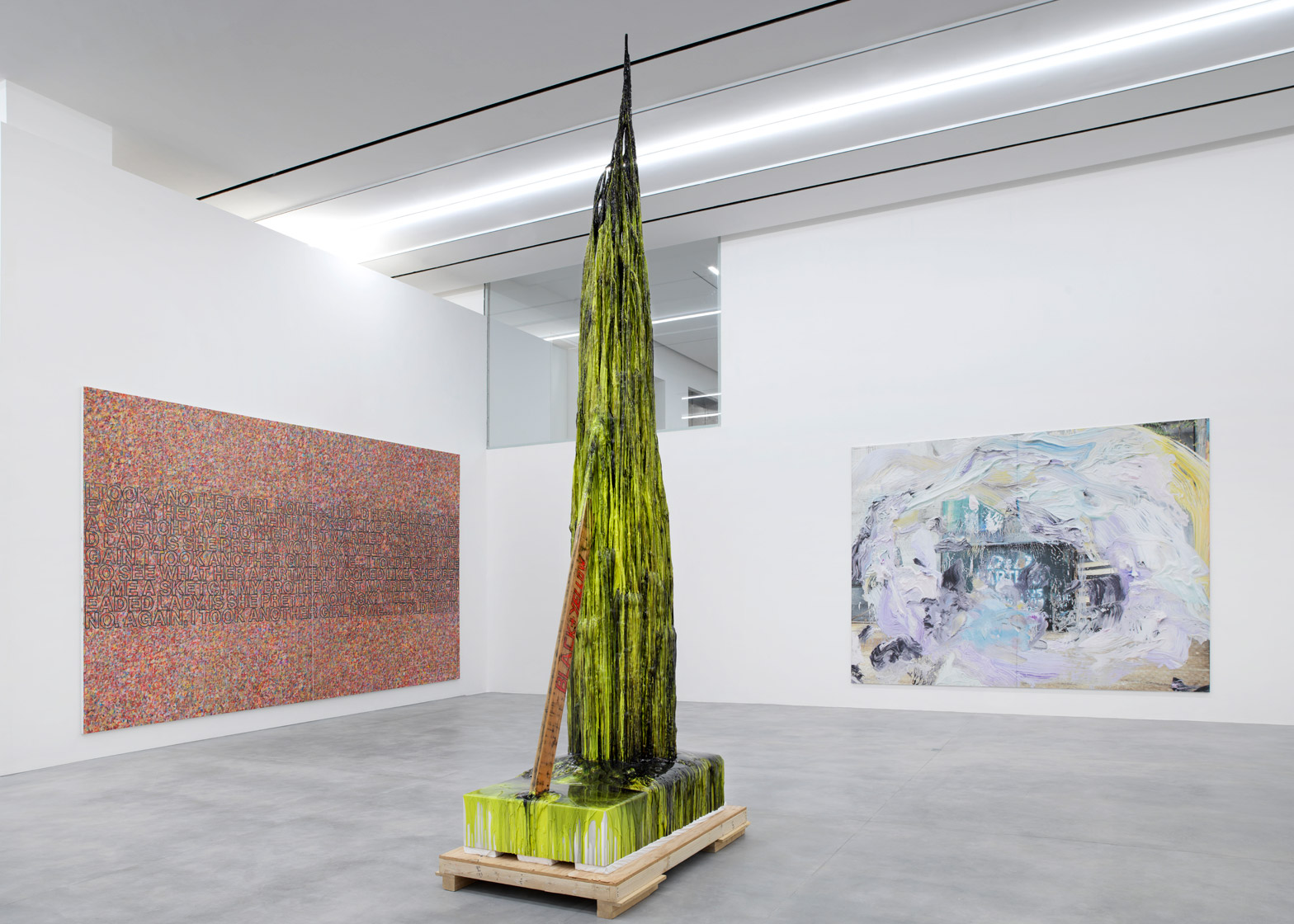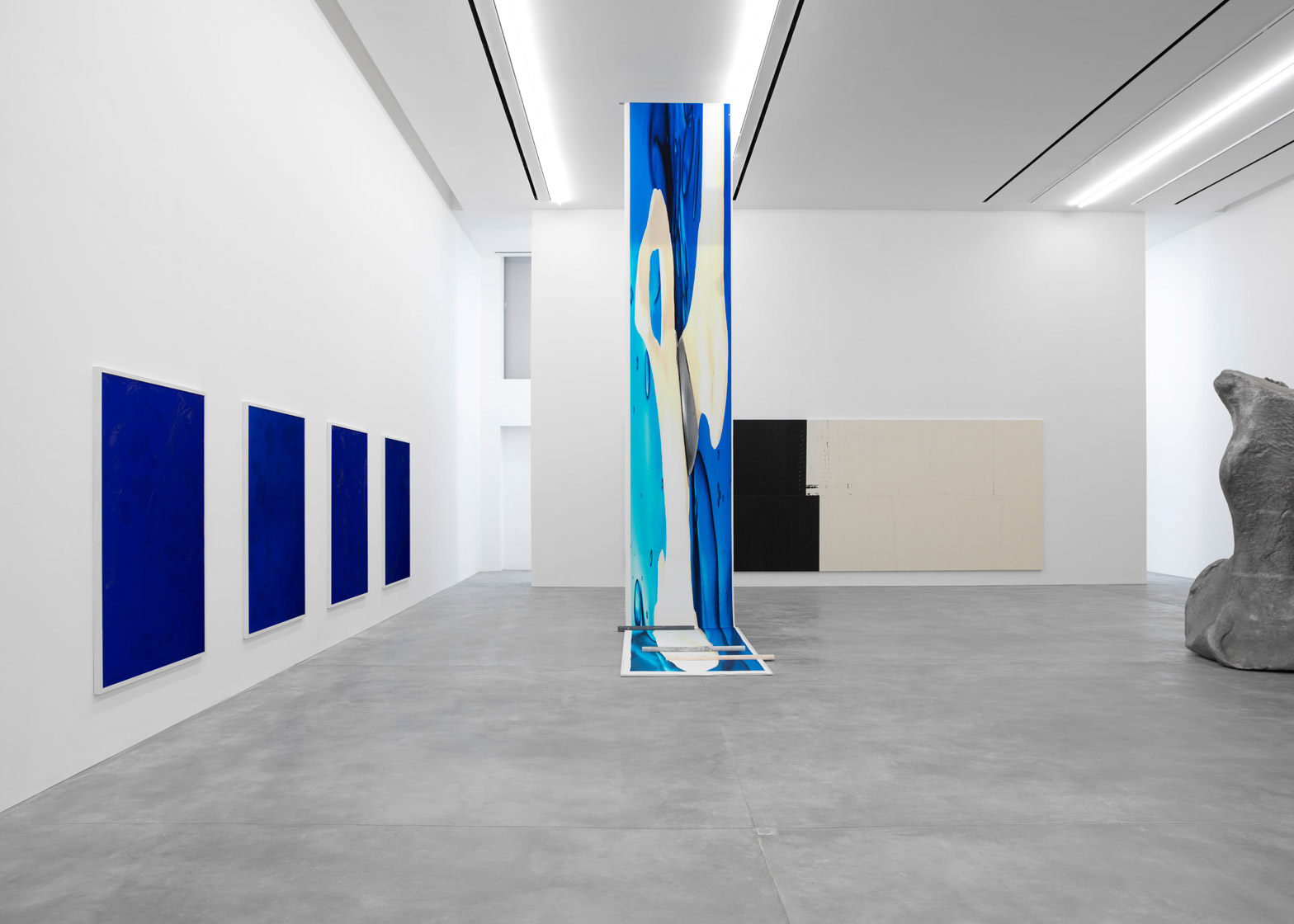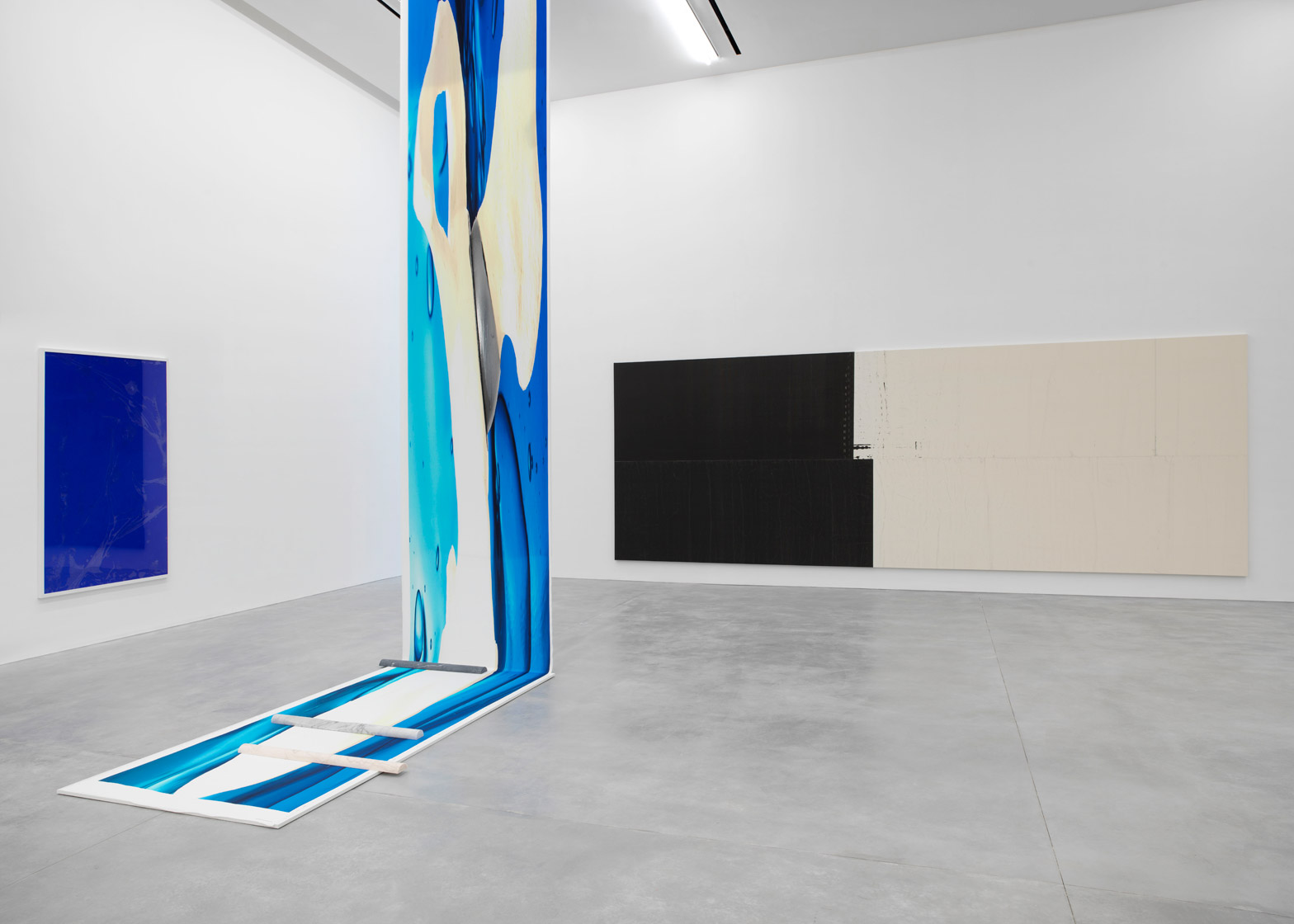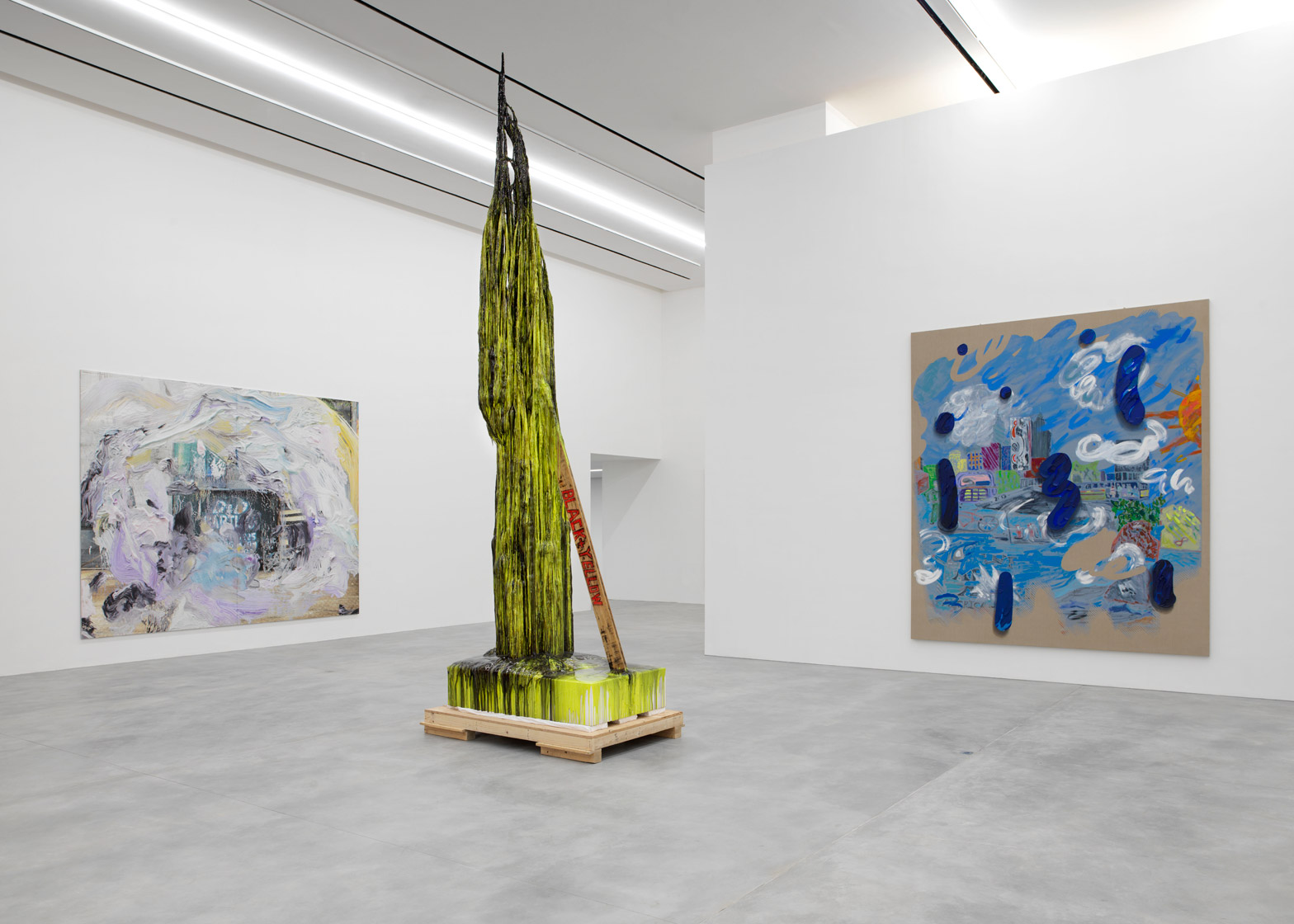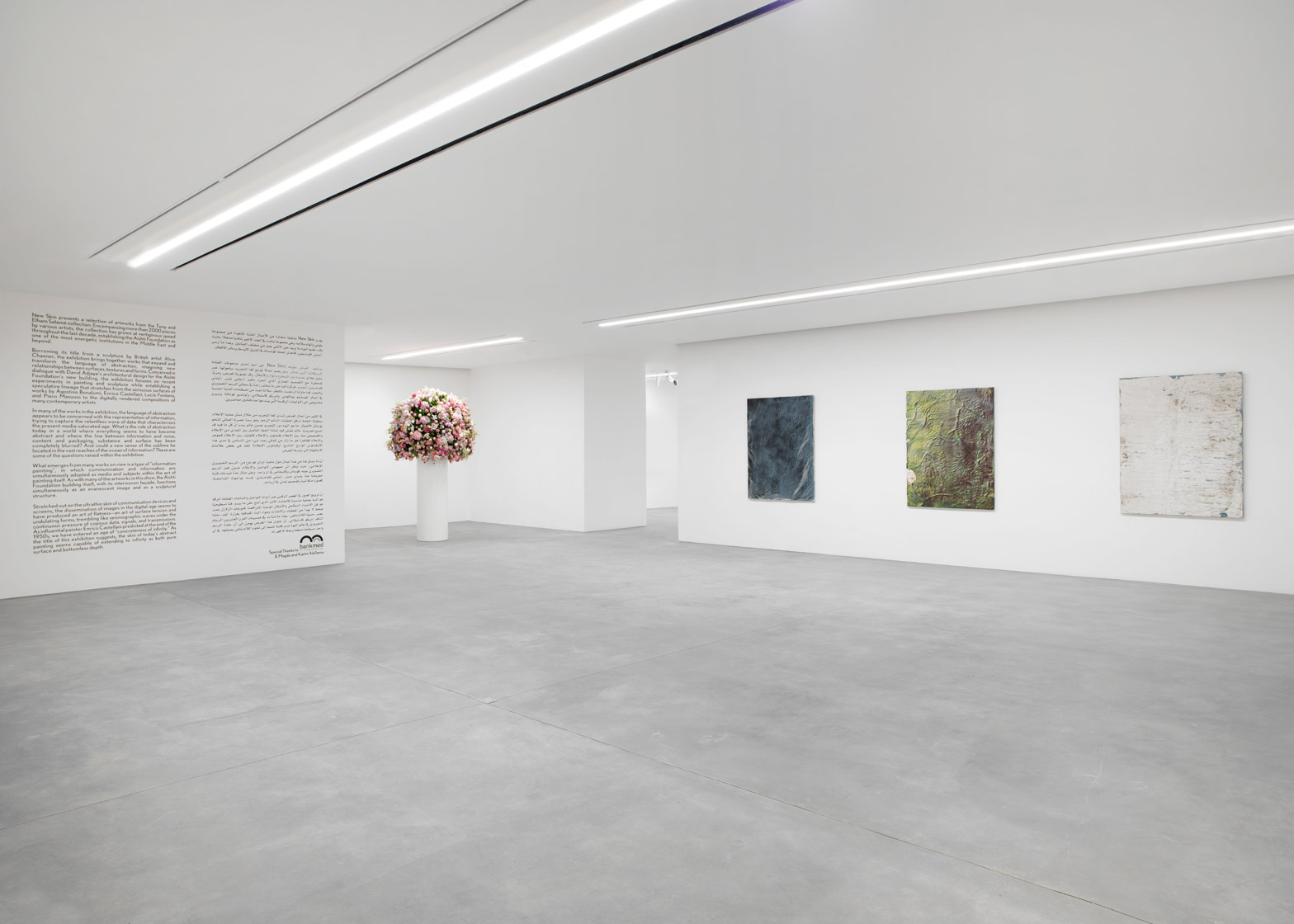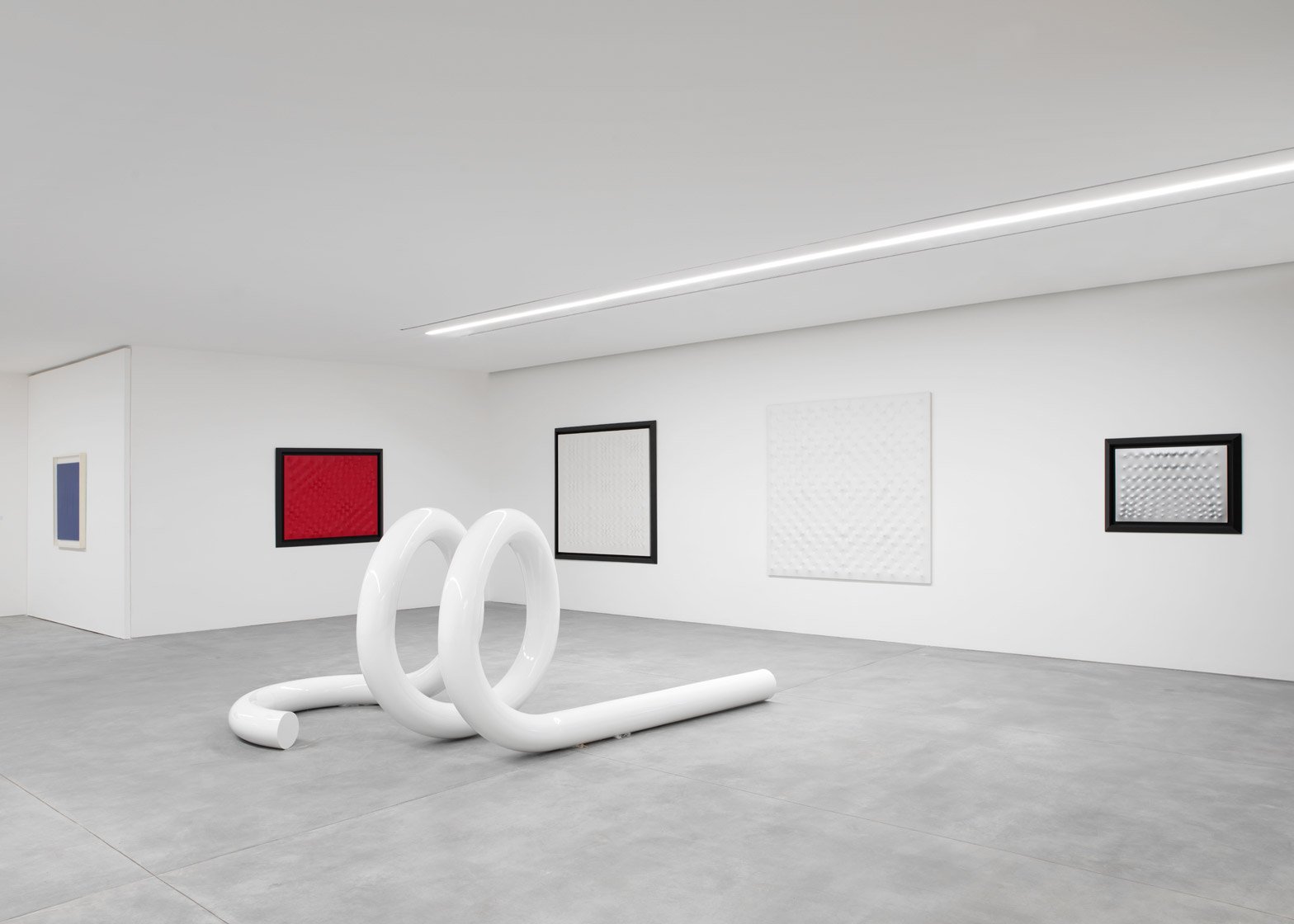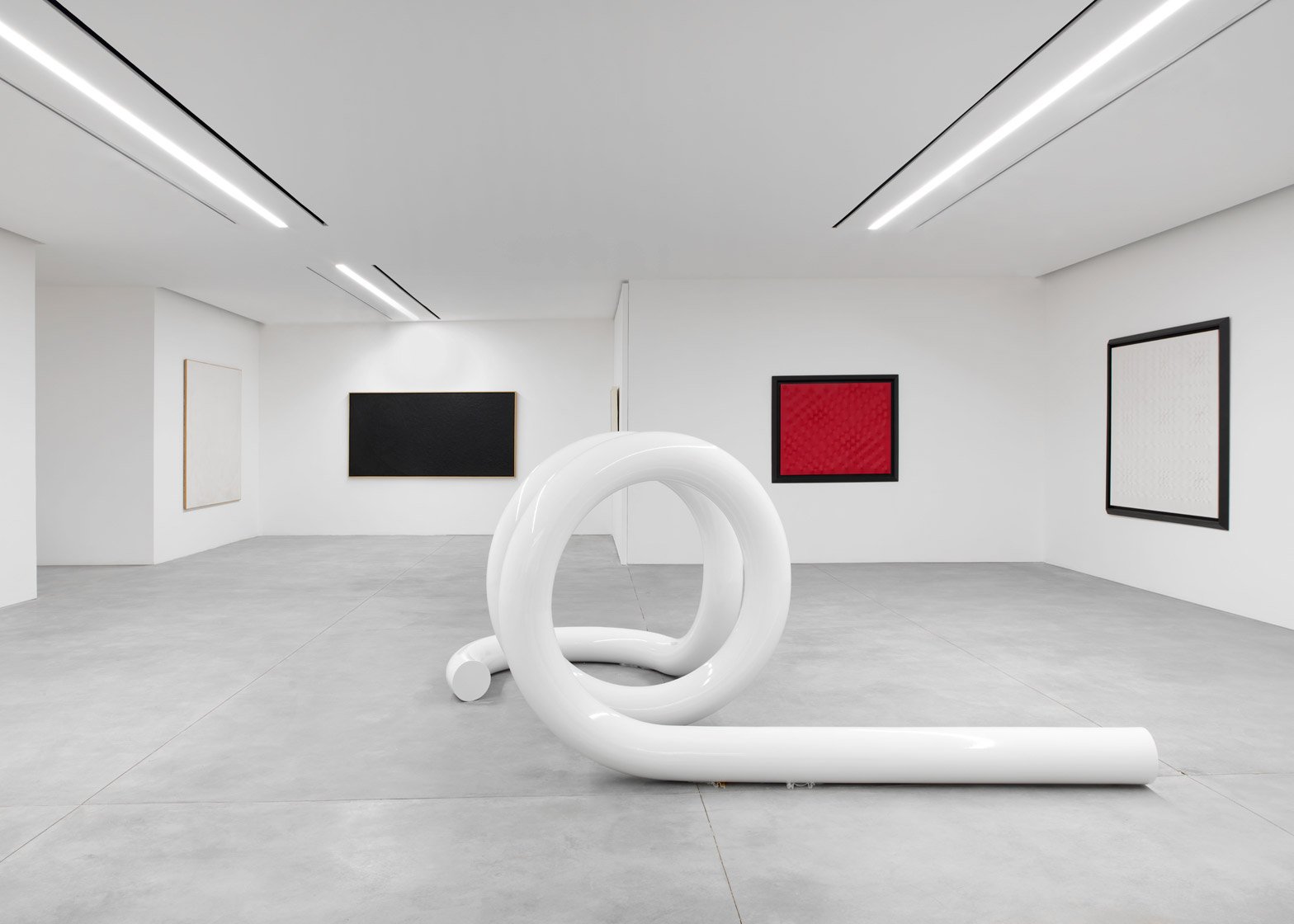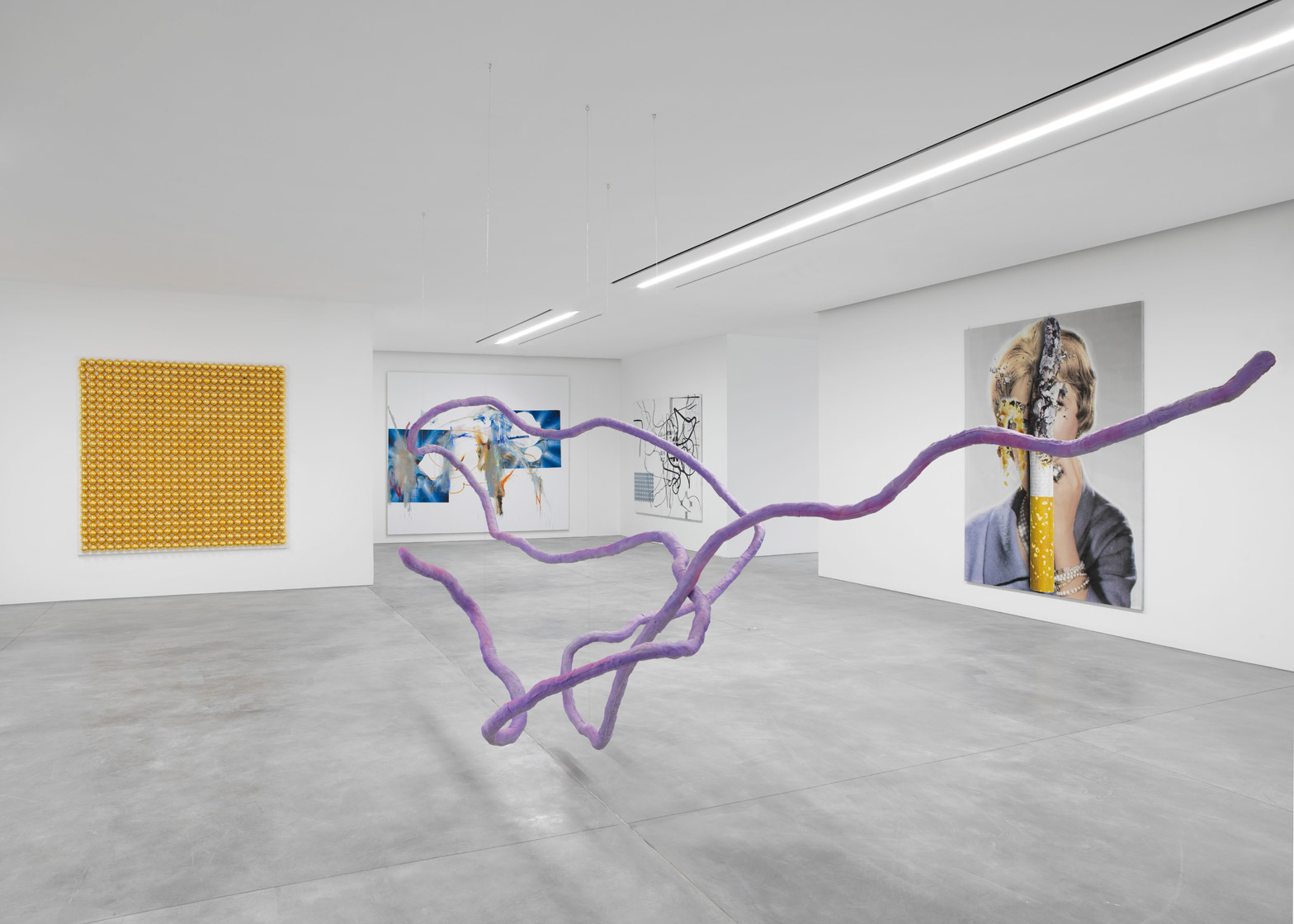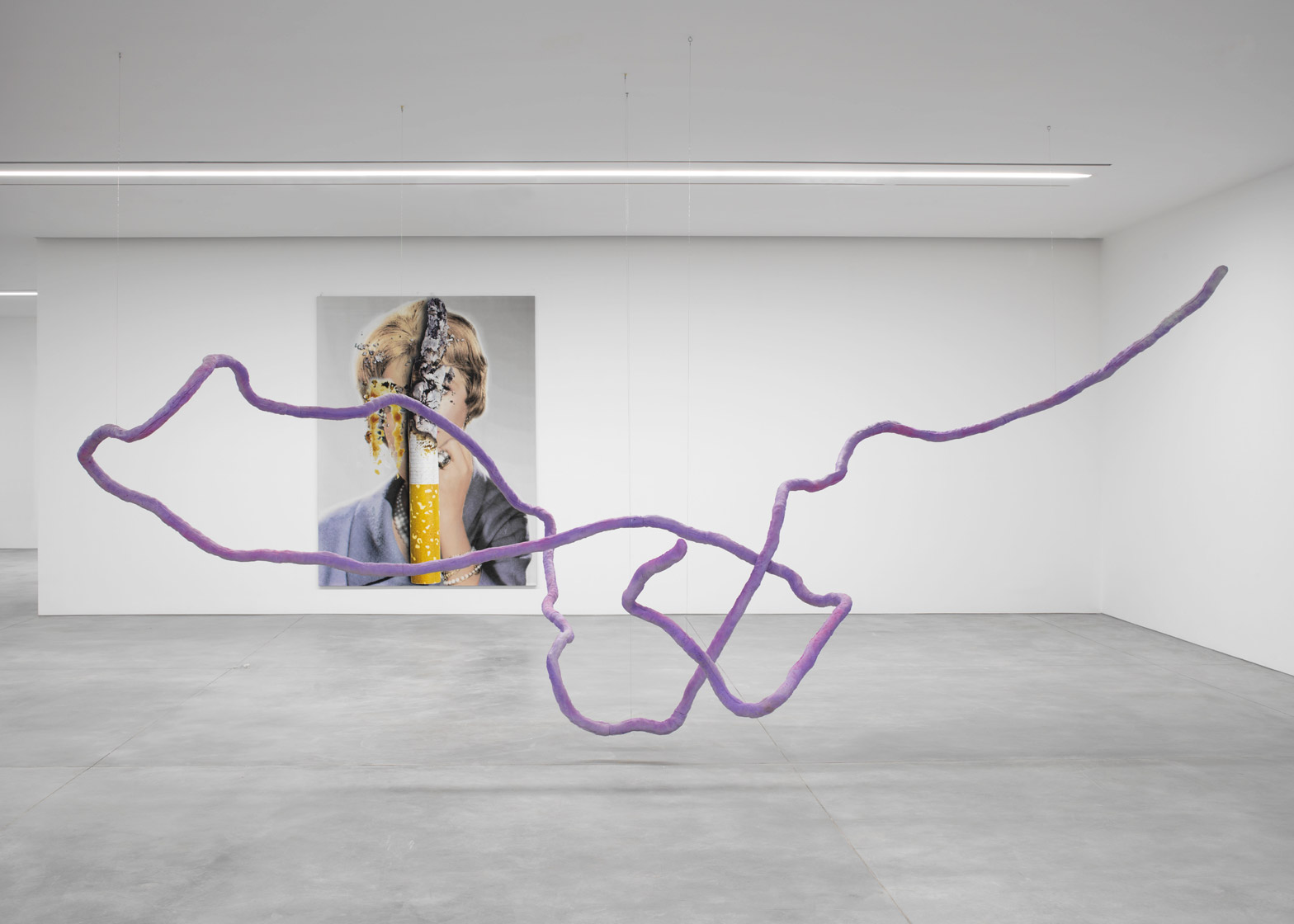Adjaye Associates has revealed images of its combined cultural foundation and luxury shopping centre in Beirut, Lebanon, ahead of the building's completion later this year (+ slideshow).
Designed by architect David Adjaye, the Aïshti Foundation's building opened this week, although some interior details and the roof have yet to be finished.
The foundation's galleries are hosted in one half of the building and display the private collection of Tony Salamé, CEO of Lebanon's Aïshti chain of luxury department stores.
The building is wrapped in a zigzagging pattern of red aluminium tubes that is intended to be reminiscent of mashrabiya, the perforated woodwork panels often used in traditional Arabic architecture.
It is on a waterfront site, formerly populated with warehouses. Adjaye is also working on a seaside promenade that will create a new public space.
At the opening on 25 October 2015, the architect told reporters that there were plans to extend the building and convert nearby gas tanks into exhibition spaces.
"The juxtaposition of art and shopping presented the practice with the challenge to create a design an entirely new typology that would integrate two, often conflicting, worlds," said a statement from Adjaye's London-based architecture studio.
"The form is a simple block that has been rotated on one edge so that it appears tilted," explained the firm. "The main entrance is punched into the facade and sits within the corner of the building, drawing visitors through the interior on a diagonal axis, which offers views to the sea."
One side of the building appears to have a solid skin under the red outer pattern. On the other side, huge windows offers glimpses of the foundation's 4,000 square metres of gallery space.
"The building is like a glazed box that sits within a louvred frame," said Adjaye. "The outer layer creates an efficient passive shading system. Laterally supported, it floats around the building, with a void existing between the two layers."
Shops are arranged around a full-height atrium, with the edge of each level finished in a strip of polished metal with a band of white light. The same finish has been used on the underside of escalators which connect the floors at different angles. Metal screens featuring the same "thunderbolt" pattern as the facade and glass balustrades add more reflective surfaces to the space.
Sliding doorways, screens and removable partitions allow the foundation to connect the shopping centre and galleries for larger events, despite their separate entrances. The top floor will also feature a "sky bar" with views out to sea and over the city.
The opening comes at a time of intense political uncertainty in Lebanon, where the government last year voted to put off national elections until 2017 having already delayed them twice. Beirut has nevertheless become a growing centre for art, with a number of institutions and galleries opening recently according to the New York Times.
"It's the worst timing ever," Salamé told the US newspaper. "We haven't had a president for two years. The government doesn't work, the trash is everywhere, nothing is working, we don't have electricity and have to have private generators."
"I think the best thing with a project, you forget about the uncertainty in the place, you keep on going," he said.
Adjaye has designed a range of chairs for use in the building, which Italian brand Moroso is putting into production.
"It's an art foundation, retail and a wellness centre all in one," Adjaye told Dezeen in a movie interview. "I wanted a chair that didn't look like production furniture that had been ordered in. I wanted it to feel like it was part of the architecture."
The British architect is also currently working on a new home for the Studio Museum in Harlem, New York, a children's cancer care treatment centre in Rwanda, and a plant-covered apartment block in Johannesburg.
Photography is by Guillaume Ziccarelli.

